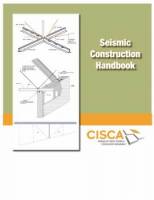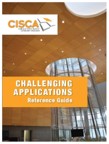All Things Gypsum: Acoustics

What impact does insulation have on acoustic performance of a wall assembly?
Many factors impact the acoustical performance of a wall assembly. These include, but are not limited to, mass, framing stiffness, the presence of resilient channels, the framing type and its spacing, the fastening pattern and the presence of insulation. For example, it is widely accepted that a simple wood-framed wall with the 2x4 studs 16 inches o.c. fastened 8 inches o.c. will not perform as well as a simple 18 mil, 3 5/8-inch steel-framed wall with the studs also spaced 16 inches o.c. fastened in the same way. The wood-framing is stiffer than steel framing, and therefore the steel-framed wall better absorbs the vibration of the sound waves.
Reflecting a growing interest in acoustical performance, the Gypsum Association and its member companies are increasingly questioned about the influence of insulation types on Sound Transmission Class. We know quite well that mineral-fiber and glass-fiber insulations will increase the STC rating of a wall, typically by a few points. But spray foam insulations (both open and closed cell) are less studied. These will certainly impact the STC rating, but how? As noted above, ridged wood-framed walls do not prevent sound transmission as well as a relatively more flexible steel-framed assembly. Theoretically, spray foam insulation also increases the stiffness of an assembly more than mineral and glass-fiber insulations. However, little is known about how much this can impact the STC of a wall, if at all. Only testing will tell.
The Gypsum Association, with the support of its members, has undertaken the effort to gain a basic understanding of the potential impact of various insulations on STC. While results are not yet ready for publication (tune in soon for those), it can be stated that indeed it appears that what is in the wall counts when it comes to acoustical performance.
Looking for a reprint of this article?
From high-res PDFs to custom plaques, order your copy today!







